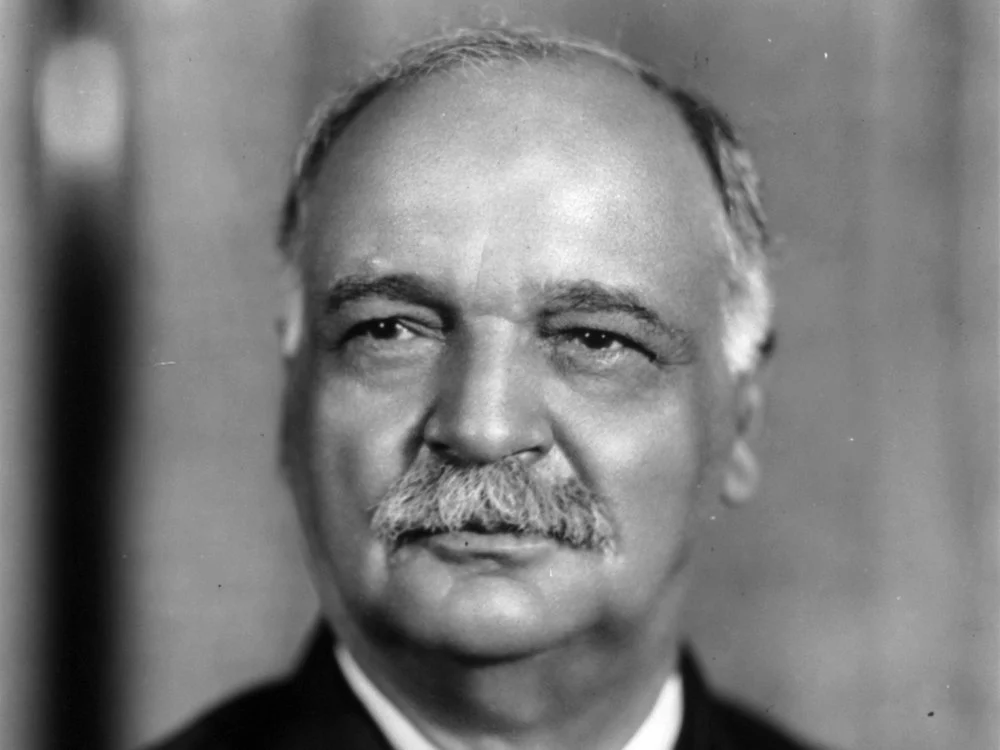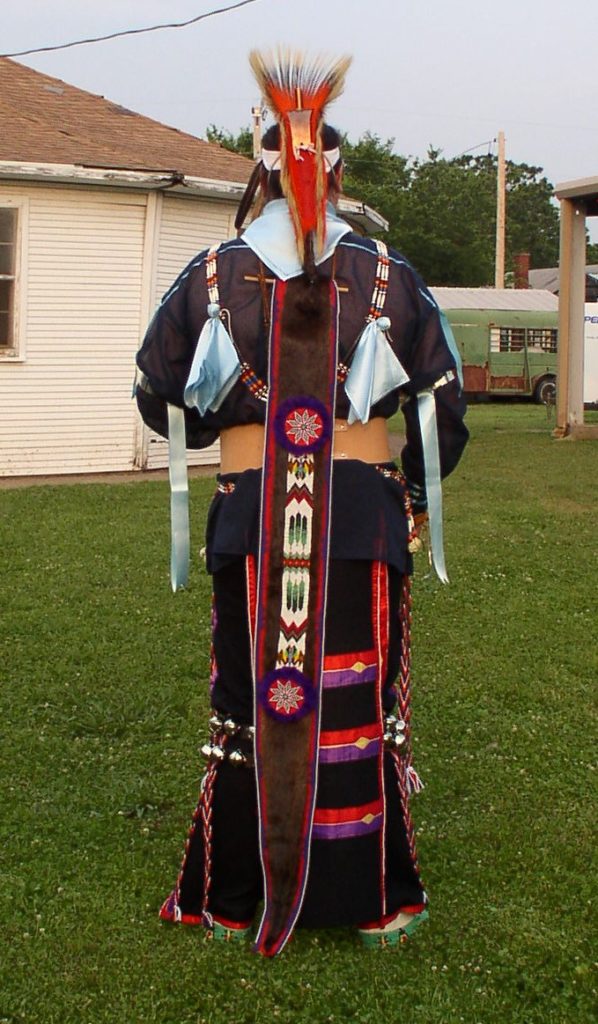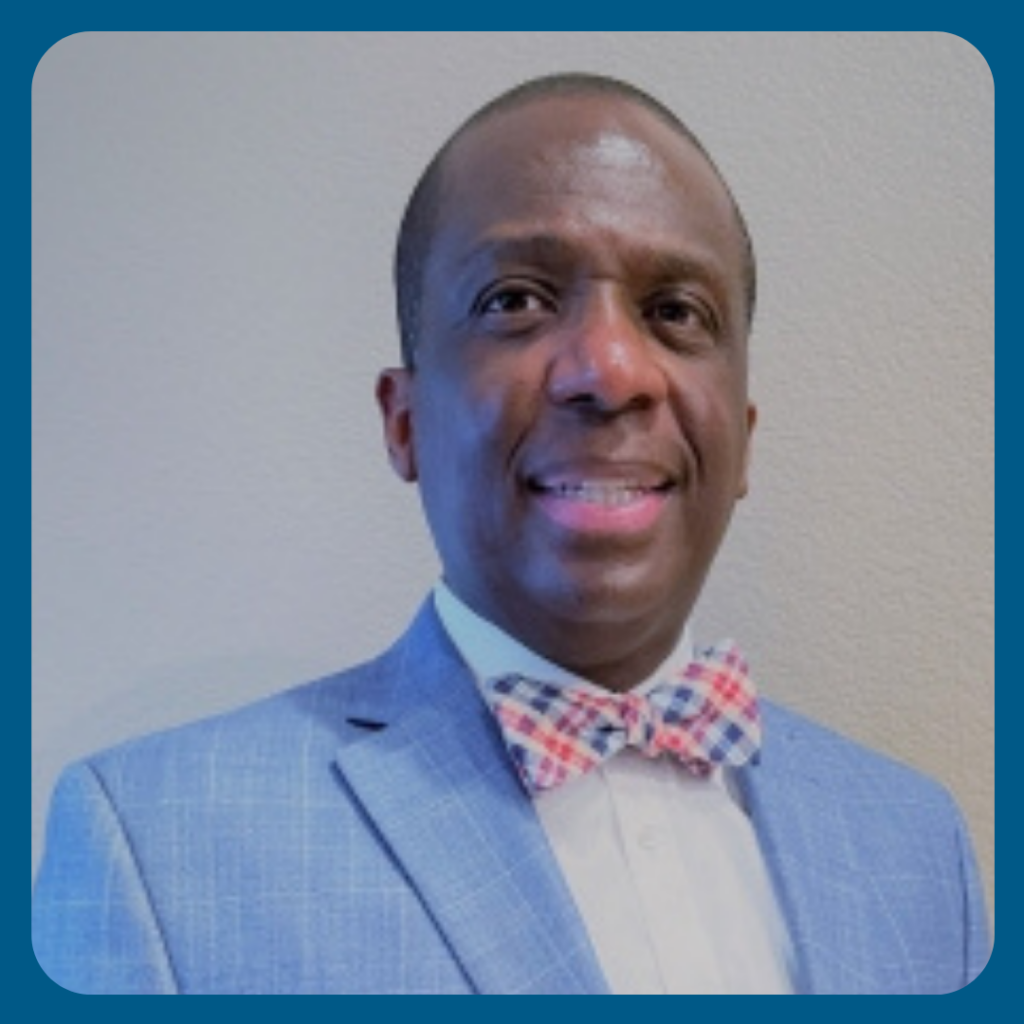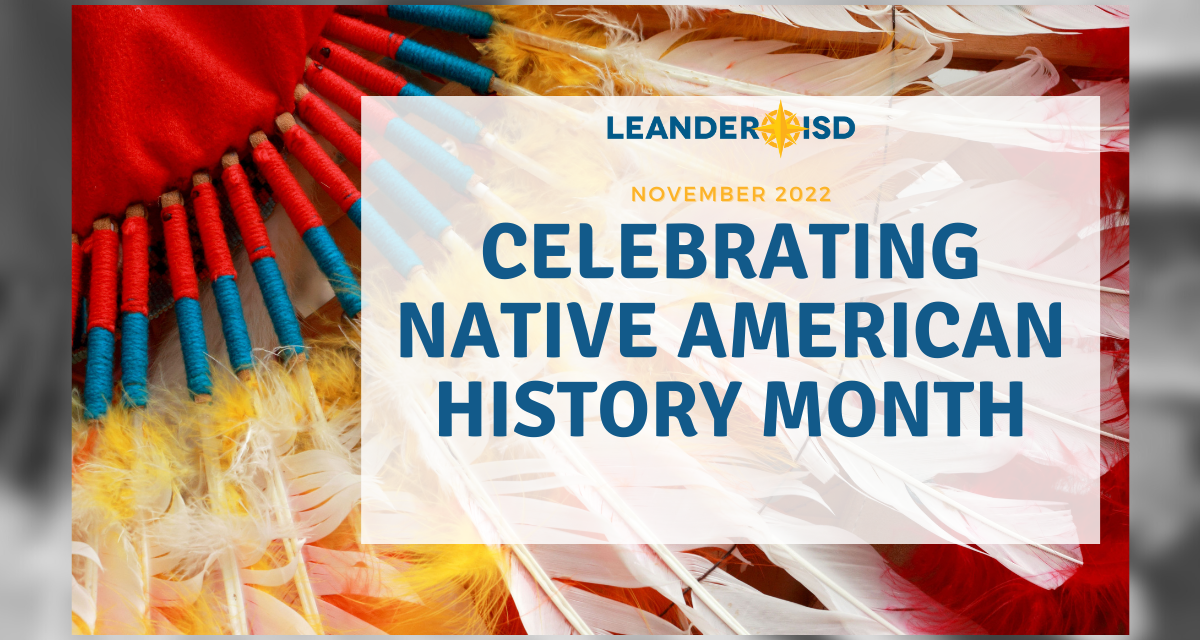In 1924, Congress passed the Indian Citizen Act providing nominal citizenship to all Native Americans living within the territory of the United States. Let us consider the irony of this act as we observe Native American History Month in 2022. Almost one hundred years ago Native Americans were struggling to be seen as citizens and to be afforded the full benefits that come along with that title. After the westward expansion of our nation and the violent removal of Native Americans from their lands, they both became visible and invisible in the minds of many in our country. The hyper visibility associated with the Indian Wars led to a one-dimensional and stereotypical view of Native Americans as the perpetual others. In the 21st Century, we must not let this be the case for the Native American community.

The proud history of Native Americans is one that includes Charles Curtis, the first Native American United States Senator. Mr. Curtis would also go on to be the first Native American Vice President of the United States. In addition, the history of Native Americans includes the Choctaw and Navajo using their respective languages during World War I and World War II to defend a nation that would not defend them. These contributions, along with many others, led Native Americans to push for more rights which years later resulted in the passage of the Indian Civil Rights Bill in 1968. The passage of this bill represented a measure of success, but more work would be needed in the coming years.
As we observe Native American History Month this year, I ask that we reflect on the legacy of Native Americans in this nation as well as their continuing challenge to be visible. How do we see the individual so that we may honor the individual? Toward that end, I have asked my colleague Robert Shafer to join me as he is a proud member of the Osage Indian Tribe and currently works in the Leander ISD IT Department. I am honored to work with him, he is roundly respected for keeping the history and traditions of his people alive in the 21st Century. Thank you, Robert, for sharing part of your journey with us. Please see his words below.
When I was growing up there were two worlds: Texas and Oklahoma. Texas was, for lack of better way to describe it, where my family lived to make money. My grandfather accepted a promotion from the oil company he worked for and moved to Texas to build a terminal. He always intended the move to be temporary, but things don’t always work out the way we plan. During the week in Texas, my family did all the normal things like school, work, etc. However, almost every weekend my grandfather would pack up the family and drive to Oklahoma. At the time, the trip averaged between 16 and 20 hours, depending on road conditions, and their car didn’t have air conditioning. In addition, very few Oklahoma roads were paved unless you were in a city. By the time I came along, road conditions had improved, cars had air conditioners, and the trip averaged 11-13 hours. I never passed up an opportunity to go to Oklahoma. The goal was always to visit family and continue our traditions. Family and tradition are core principles in Osage society. The Osage language doesn’t have words for cousins, nieces, nephews, aunts or uncles. Osage family members are all mother, father, brother, or sister.

My friends in Texas always wanted to know why we constantly went to Oklahoma. So, one summer we took some of my friends with us when we went to vote in tribal elections. When elections are held, the candidates provide a feast for voters, and the tribe hosts a pow-wow. While the voters partake of the feast, each candidate explains why they are the right person for the job. The tribal pow-wow is held shortly after the feast, and many are in full regalia while eating. My friends were quite surprised to see, as they put it, “giant Indians everywhere”. As I found out later, my friends thought I had exaggerated in my stories, because my family was truly different than most encountered in daily life in Texas.
Pow-wows are an important part of Indian culture. Pow-wows are social events and competitions all rolled into one. Many different tribes come together as friends and family to dance and sing songs honoring and remembering family, friends, and times past. Competitors dress in their tribe’s regalia, and dance vying to be named a champion. When the competitions are complete, we sing victory songs for the champions. My family is a member of the Kihekah Steh pow-wow club. The club was founded to honor our ancestors, veterans, heritage, and culture. The club pow-wow is held every year at the end of July in the Osage hills under the open sky.
As Osage tribal members, Osage County is home. Osage County was the final reservation of the Osage people in Oklahoma. The Osage Allotment Act of 1906 dissolved most of the reservation. The five main Osage villages were excluded from this act, and tracts of land were assigned to all the Osage tribal members registered on the 1907 tribal census. Thanks to the perseverance of the Osage people, the tribe achieved self-governance for the first time since 1808 when on May 6, 2006, we signed the Osage Constitution after ratification by the Osage people on March 11, 2006. The Osage Nation has continued to progress and to honor and celebrate its vibrant and significant past.

Leander ISD Chief of Diversity, Equity, and Inclusion DeWayne Street contributed this article. For more information on the district’s DEI initiatives, please visit www.leanderisd.org/equitydiversityinclusion.


